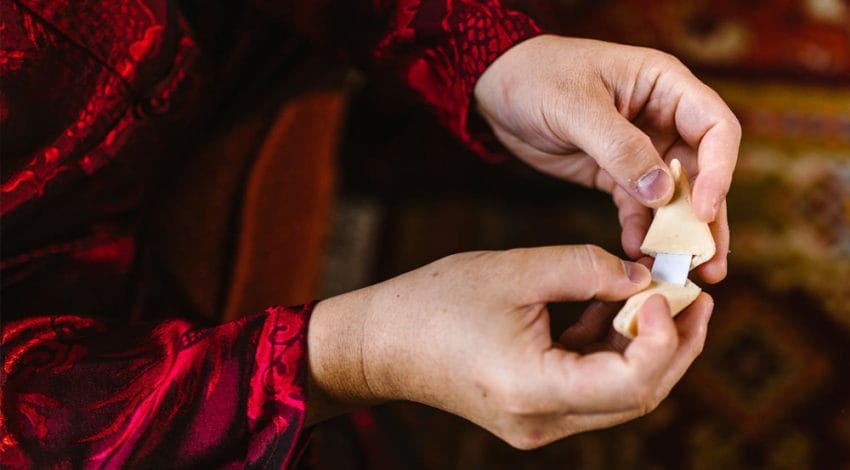Looking for a best practice? Here’s an idea…
Blog by Angela Fieler
I have been focused on improving the patient experience for the better part of my adult life. Over the years, one thing I’ve learned is that a best practice doesn’t always come from the healthcare industry. This isn’t a new idea. Fred Lee wrote, “If Disney Ran Your Hospital…” back in 2004. In 2012, Becker published Molly Gamble’s piece, “What Can Healthcare Learn from Other Industries?” Also, Forbes published “What Can Healthcare Learn from Aviation Safety” by Stephen Rice in 2020. I’m sure there are plenty of other examples.
A New Idea
Here’s an idea I’d guess nobody has considered.
My family loves Chinese food and is fond of fortune cookies. I know those aren’t authentic Chinese staples, but that’s a topic for another conversation. My sister was home from college one weekend and told us about a fun thing she learned at school. You open your cookie, read the fortune, and then add “in space” at the end of the sentence. Later versions included adding “with a chainsaw.” There’s also another popular but inappropriate phrase.
At this point, you are probably wondering where I am going with this. While reading a list of hot topics in healthcare, I was reminded of a recent family gathering and what I observed about my family’s physical, mental, and emotional health. Everyone at that gathering seemed to need some kind of help. Some needed grief counseling, some needed advice on what type of medical specialty to pursue, others clearly had mobility issues, and some were struggling with memory or cognitive issues. One thing they all had in common was an unwillingness to either admit they were struggling or to ask for help.
Starting a New Best Practice
Here’s where the two thoughts converged. If the number one hot topic in healthcare for 2023 is “improve the patient experience,” then the patient needs to be at the center of all the other hot topics on the list. Let me elaborate.
Healthcare organizations that are going to pursue the use of AI to enhance the diagnosis and treatment process cannot do so without taking the patient’s perspective into account. Patients might be reassured that their diagnosis has been confirmed using the latest technology, but they still want to know that there are human beings who recognize them as individuals and will care for them as such.
Investing in mental health services is another hot topic. These services must be designed for the patients they are intended to serve and must be delivered in a manner that will encourage patients to take advantage of the services. The same goes for telehealth. We’ve learned from focus groups that patients’ interest in and willingness to use telehealth is not universal. Demographics, convenience, acuity, and diagnosis all play a part.
I could continue down the list, but I think you get the point. Whenever you open a topic for discussion, try ending the topic with “to help [insert the name of a loved one]” at the end of the sentence. It’s a simple way to stay focused on helping those we serve, whether they are able and willing to ask for help or not.
For more information on how to create a culture where everyone takes ownership of the patient experience, contact Baird Group. Contact us today to learn more, or set up a complimentary 30-minute consultation here.
Tags: best practices, Family, Patient Experience

